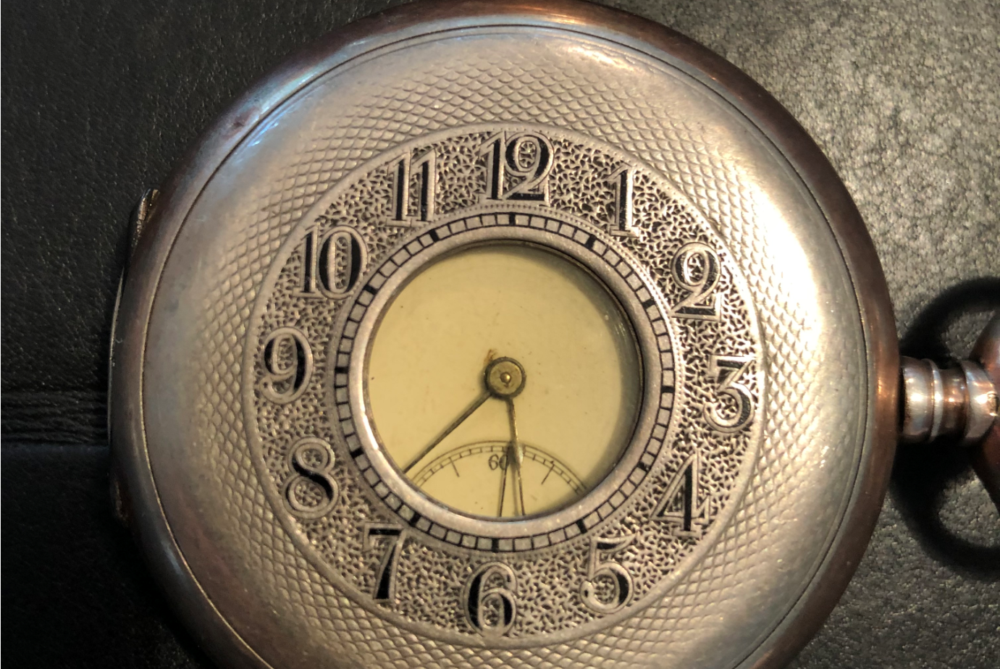As some of you know, I am collecting pocketwatches, IWC only.
Far from saying that my collection is a museum collection but I am proud to
have found some nice and rare pieces over time.
Some of the pocketwatches are common, easy to find on the market, sometimes in
better condition than mine, but some I have are gems.
So in these crazy times, as the museum in Schaffhausen is closed, why not open
one here on the forum.
As long as the museum is closed, I will post here daily a pocketwatch from my
collection.
I hope I don't run out of pieces before the virus is beaten. Fingers crossed
for all of us.
I will post them in a random order, with some comments, feel free to join.
Keep safe all.
DAY 83, cal 29
After the rare cal 28 yesterday, today one that is even more difficult to
find, the cal 29.
I know of a few collectors that have a cal 29, but only the movement, I was
offered some time ago a cal 29 but with a non IWC case in poor condition, so I
was super happy when I discovered this cal 29 in a nice silver case.
The cal 29 is the savonette sister of the cal 28 lepine.
As these pocketwatches were made in the very early years of the IWC history,
there is still a lot to find out, but records are only available from 1885 on.
So when digging up some info on these calibers, I found a few posts here from
the late Frits Wagener ( earlyiwc ) and by Ralph Ehrismann and both were
saying : "They have numbers 10x'xxx for c.28 and 11x'xxx for c.29.".
And so far I found cal 28's or saw cal 29's, this is correct. (I have four cal
28 in my collection and all are in that range ).
But for this cal 29, it is not correct. So please help , can the experts on
this era of IWC help me out. Was there an other numbering ? Are there also cal
28's around with serial numbers not in the 100.xxx ?
Here is my cal 29, with serial 60620.
Look also to the nice IWC stamp on the inside of the cover.








And with my cal 28










